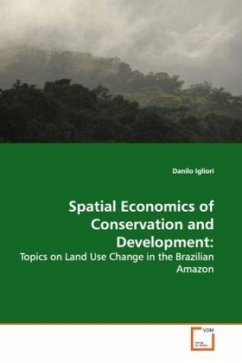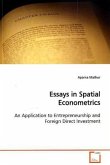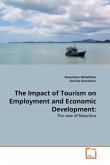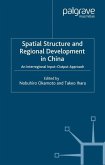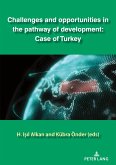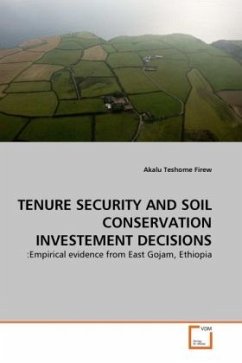The Brazilian Amazon contains some of the world's
most biologically diverse ecosystems. These
ecosystems generate significant global benefits in
the form of ecosystem services, species habitats and
environmental amenities. However, the land required
to keep these ecosystems intact and the value of
natural resources the Amazon could generate under
alternative usage is substantial. This means that a
decision not to convert these areas imposes high
opportunity costs on the economy of a developing
country as a whole, and on local populations with a
high incidence of poverty and destitution in
particular. The importance of balancing this
trade-off has increasingly been recognised in
Brazilian development policy. This book aims to
investigate microeconomic issues related to land use
in the Brazilian Amazon emphasizing their
relationship with spatial processes of deforestation
and regional development. After a brief description
of the region and the exploratory analysis of the
data used in the research, theoretical models and
econometric methods are adopted to address specific
questions in four essays.
most biologically diverse ecosystems. These
ecosystems generate significant global benefits in
the form of ecosystem services, species habitats and
environmental amenities. However, the land required
to keep these ecosystems intact and the value of
natural resources the Amazon could generate under
alternative usage is substantial. This means that a
decision not to convert these areas imposes high
opportunity costs on the economy of a developing
country as a whole, and on local populations with a
high incidence of poverty and destitution in
particular. The importance of balancing this
trade-off has increasingly been recognised in
Brazilian development policy. This book aims to
investigate microeconomic issues related to land use
in the Brazilian Amazon emphasizing their
relationship with spatial processes of deforestation
and regional development. After a brief description
of the region and the exploratory analysis of the
data used in the research, theoretical models and
econometric methods are adopted to address specific
questions in four essays.

